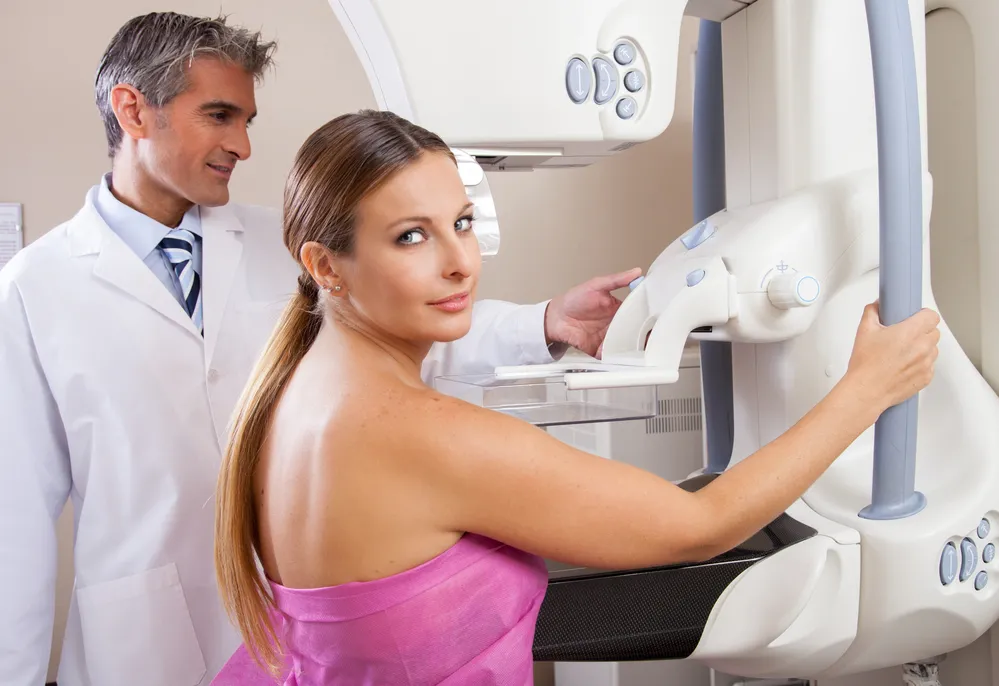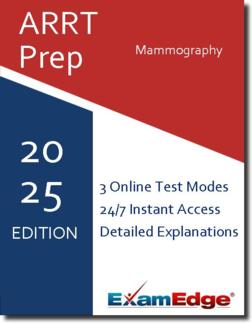ARRT® Mammography (MAMM) Practice Tests & Test Prep by Exam Edge - Blogs
Based on 22 Reviews
- Real Exam Simulation: Timed questions and matching content build comfort for your ARRT Mammography test day.
- Instant, 24/7 Access: Web-based ARRT Mammography practice exams with no software needed.
- Clear Explanations: Step-by-step answers and explanations for your ARRT exam to strengthen understanding.
- Boosted Confidence: Reduces anxiety and improves test-taking skills to ace your ARRT Mammography (MAMM).

Exam Edge Blogs for ARRT Mammography

ARRT Certification Requirements: Your Step-by-Step Guide
Pursuing your ARRT certification can be one of the best career decisions you make. It opens a wide variety of career options that are both financially...
Read More
How Hard is the Mammography Registry: Certification Guide
Considering specializing in mammography? Obtaining your ARRT Mammography Certification is a milestone on that path. Mammograms play a role in the earl...
Read More
How to Become Certified in Mammography: Step-by-Step Guide
Mammography plays a role in early detection of breast cancer often catching it before it becomes palpable. As a mammographer, your duties include prep...
Read More
ARRT Mammography Requirements
No certification showcases a technologist's dedication to excellence in the field of breast imaging more than obtaining the ARRT Mammography Certifica...
Read MoreExam Edge Blogs for ARRT Mammography

ARRT Certification Requirements: Your Step-by-Step Guide
Pursuing your ARRT certification can be one of the best career decisions you make. It opens a wide variety of career options that are both financially...
Read More
How Hard is the Mammography Registry: Certification Guide
Considering specializing in mammography? Obtaining your ARRT Mammography Certification is a milestone on that path. Mammograms play a role in the earl...
Read More
How to Become Certified in Mammography: Step-by-Step Guide
Mammography plays a role in early detection of breast cancer often catching it before it becomes palpable. As a mammographer, your duties include prep...
Read More
ARRT Mammography Requirements
No certification showcases a technologist's dedication to excellence in the field of breast imaging more than obtaining the ARRT Mammography Certifica...
Read More

